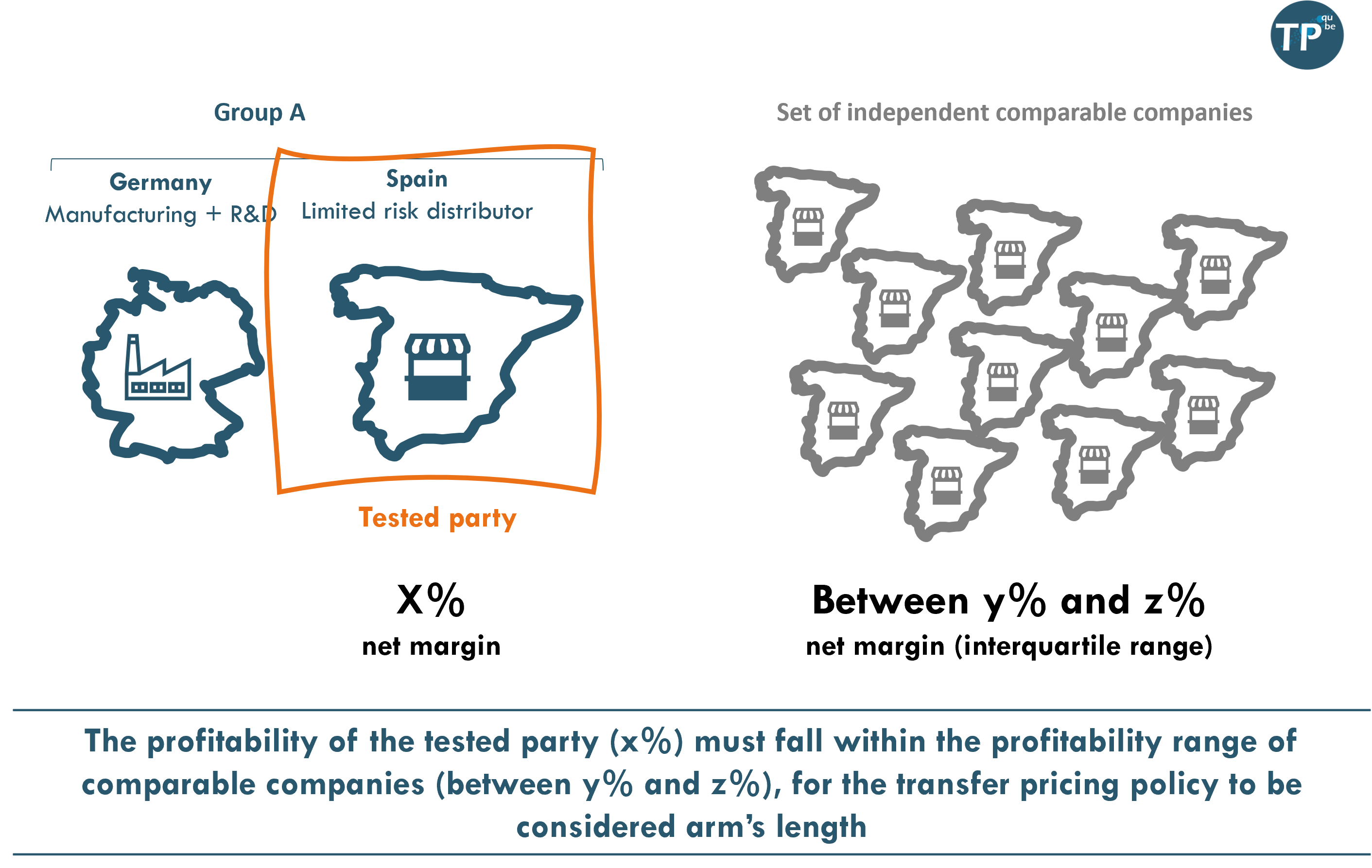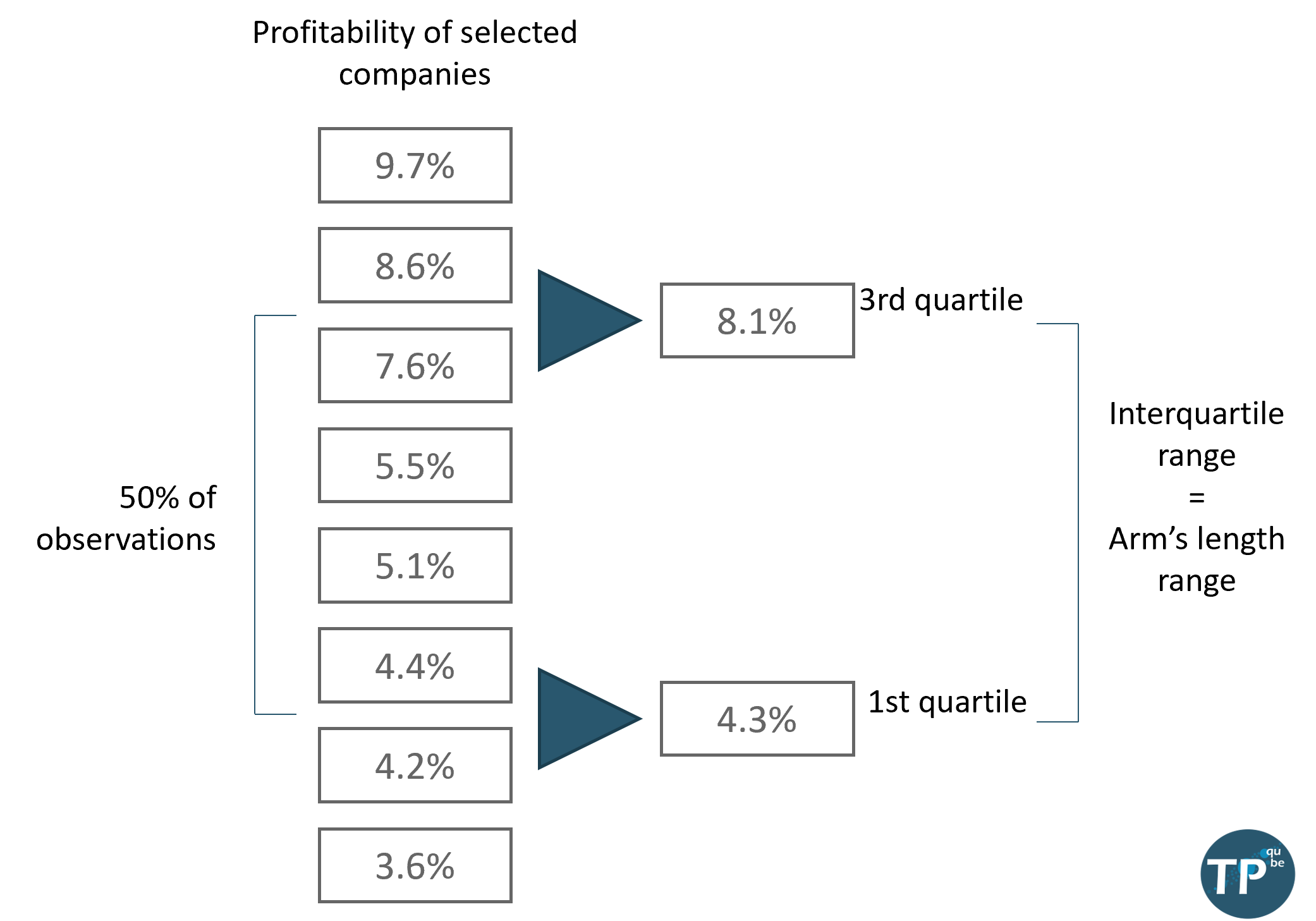Tp qube
👉The first part of our guide focusing on why performing a comparable company search is available here.
This article is the second part of our simplified guide on transfer pricing comparable company searches, with a focus on European searches. This guide aims at presenting the key features of comparable company searches to tax or finance professionals exposed to transfer pricing issues. The first article detailed why performing comparable company searches, while the second one tackles how to perform them in practice.
In this document, we will answer the following questions:
1. Overview of the process of comparable company searches
2. Searching for a set of potentially comparable companies in a specialized database
3. Selecting a set of comparable companies
4. Choosing of a profit level indicator
5. Adjusting for differences between comparable companies and the tested party
6. Computing the arm’s length range
7. Implementation
Overview of the process of comparable company searches

Searching for a set of potentially comparable companies in a specialized database
Selecting a set of comparable companies
What TP qube’s tools offer
We consider that companies’ websites are the most valuable and trustworthy source of information on their activities. As a result we favour using websites for the review of potentially comparable companies and have developed automated tools to analyze corporate websites.
The companies’ review by an analyst is facilitated by our tools. The quality of the analysis is also greatly improved, notably by additional error detection mechanisms.
These tools scroll through entire corporate websites of potentially comparable websites. The text of these websites is analyzed, to extract relevant information allowing to assess the comparability of companies. The information extracted include a description of the activity, keywords, etc. Our tools also look for specific clues indicating if a company is independent or not.
Choosing a profit level indicator
Ratios used as PLI in most transfer pricing analyses

Adjusting for differences between comparable companies and the tested party
Computing the arm’s length range
Computing an interquartile range

